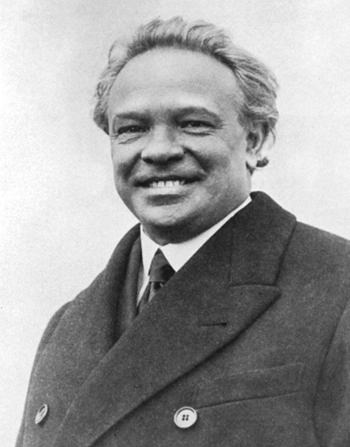You know the saying, “When in Rome do as the Romans do”. It sounds like another Shakespearean quotation but actually it has a much longer history. It’s attributed to Aurelius Ambrosius, better known as Saint Ambrose, a bishop of Milan who was one of the most influential ecclesiastical figures of the fourth century. You might also be surprised to know that Rome’s nick-name, The Eternal City is even older. It was used among the ancient Romans because they believed that no matter what happened in the rest of the world, Rome would go on forever.

And in a way it did, though not quite in the way that they expected. Rome was a cultural centre for hundreds of years and became a highlight on the itinerary of every Grand Tour. Almost everyone who was anyone showed up there at some point. Charles Dickens was one of them and he noted, evidently to his disappointment that from a distance Rome looked rather like London. But on that particular day the weather was dull and gloomy so perhaps that had something to do with it.
Mozart’s opera La Clemenza di Tito was set in Rome and so was Puccini’s opera Tosca. Some of the most popular compositions by the Italian composer Ottorino Respighi are inspired by Rome. Between the years 1916 and 1928 he wrote three separate orchestral works that have become known as the Roman Trilogy written when the composer was at the height of his creativity. They are Pines of Rome, Fountains of Rome and Roman Festivals. All three are sparkling works, full of brilliant orchestral colours and immensely approachable. Early in his career, Respighi worked in Russia for a time as an orchestral viola player. He had the opportunity to study orchestration with that master of the art, Rimsky-Korsakov. And it shows.
Ottorino Respighi (1879-1936): Fountains of Rome. Orchestra of the Senzoku Gakuen College of Music (Japan) (Duration: 18:22; Video 1080p HD)
If you’re over A Certain Age, you may recall that American romantic comedy from 1954 called Three Coins in the Fountain. The title song was performed by Frank Sinatra and went on to become an enormous hit. It refers to the tradition of throwing a coin into the Trevi Fountain while making a wish. (And in case you’re wondering, it is now illegal to steal the coins.) In Respighi’s work each of the four movements depicts a Roman fountain at different times of the day. The third movement is inspired by the majestic Trevi Fountain at noon but the work opens quietly with a musical picture of the rural Fountain of Valle Giulia at dawn.
Respighi had plenty of fountains to choose from. There are fifty ornamental fountains in the city and over two thousand smaller ones, originally built to provide drinking water. They worked by gravity, because the source of the water was high up in the hills and created sufficient water pressure to power the fountains down in the city.
Hector Berlioz (1803-1869): Roman Carnival Overture. Cologne Philharmonic, WDR Symphony Orchestra cond. Jukka Pekka Saraste (Duration: 08:46; Video: 720p HD)
Hector Berlioz was another celebrity who was drawn to Rome and he was impressed by the grandeur of the Colosseum and St Peter’s. This lively overture was first performed in Paris in February 1844. Six years earlier Berlioz had completed his opera Benvenuto Cellini which had been inspired by the colourful memoirs of the eponymous sixteenth century Florentine sculptor. To create this stand-alone piece Berlioz used various melodies from the opera as well as some material from the opera’s carnival scene, hence the overture’s title.
Unlike some of his contemporaries, Berlioz wasn’t a gifted child. His father was an eminent doctor and the first in Europe to experiment with acupuncture. After leaving high school in 1821, Berlioz was pushed off to Paris to study medicine. But medical studies didn’t interest him. In fact, he hated them. He enrolled instead for private music lessons and attended the Paris Conservatoire. Berlioz became one of the most progressive composers of his time and sometimes puzzled his audiences with modern sounds, unexpected musical twists and original harmonies. Although this overture has a lively opening, the first few minutes are dominated by a lyrical melody first heard on the cor anglais. Even if you don’t know the work, you may well recognise this tune. Then at 03:40 the carnival really gets going and jollity abounds. There’s brilliant orchestration too, from another past master of the art.
Oh, I almost forgot to tell you. I borrowed the title of this column from the last line of the song Home, Sweet Home which amazingly dates back to the 1820s. It was originally an aria in a long-forgotten opera but when the sheet music was first published, it rapidly sold a hundred thousand copies and has been used in countless movies ever since.
 |
 |
 |





